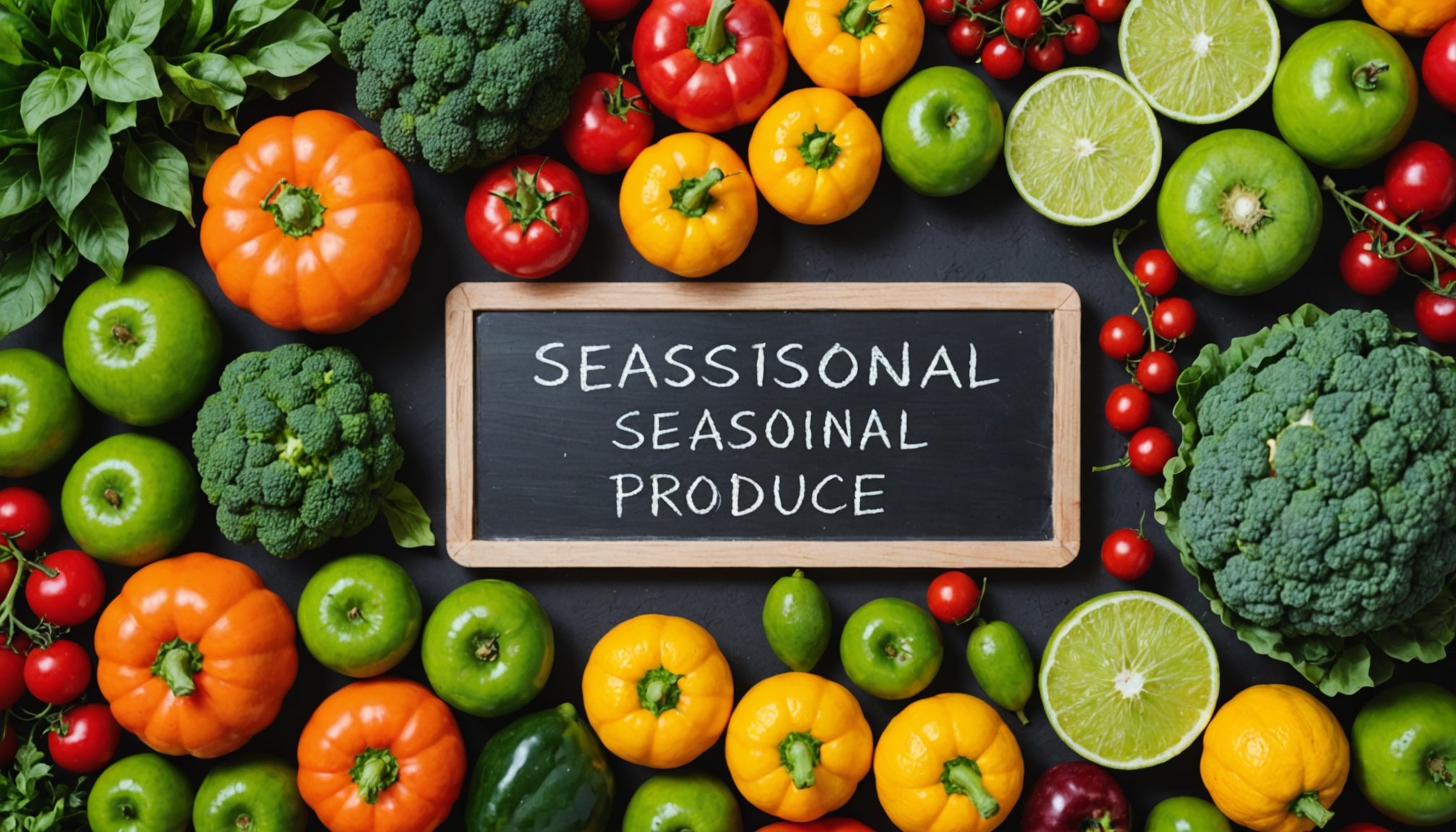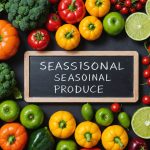As the year unfolds with its changing seasons, nature presents us with a bounty of fresh and nutritious produce. Integrating these seasonal offerings into your diet can be a delicious and effective strategy in your weight loss journey. Not only do these natural wonders bring a variety of flavors and textures to your meals, but they also provide essential nutrients that support a balanced diet. In this article, we delve into how you can harness the power of seasonal produce to elevate your weight loss efforts while savoring the flavors of each season.
Understanding Seasonal Produce and Its Benefits
Eating with the seasons is a practice that has been rooted in human culture for centuries. As the world becomes more industrialized, this connection to the earth’s rhythms has waned for many. However, recognizing the benefits of seasonal produce can significantly amplify your weight loss strategy.
Topic to read : What are the advantages of using local ingredients in my cooking?
Nutritional Density
Seasonal fruits and vegetables are often at their peak in terms of nutritional content. When harvested at the right time, these foods are rich in vitamins, minerals, and antioxidants, which are crucial for maintaining optimal health and supporting weight loss. For instance, winter squashes like butternut and acorn offer high levels of vitamin A and potassium, helping to regulate metabolism and energy levels.
Flavor and Freshness
The taste of produce harvested in its natural season is unparalleled. Ripe and fresh, these foods can turn a bland diet into a culinary adventure. This makes it easier to stick to a healthy eating plan without feeling deprived. When your meals are flavorful, you’re less likely to crave unhealthy, processed foods that hinder weight loss.
Have you seen this : How can I prepare quick, healthy meals for busy weeknights?
Cost-Effectiveness
Buying produce in season is often more cost-effective, as these foods are abundant and require less transportation and storage. Not only does this benefit your wallet, but it also means you’re more likely to purchase and consume healthy fruits and vegetables rather than opting for cheaper, less nutritious options.
Seasonal Produce: A Guide Through the Year
One of the most exciting aspects of using seasonal produce is the opportunity to experiment with different foods throughout the year. Here’s a guide to help you integrate these into your diet effectively.
Spring: The season of renewal brings with it vibrant greens and fresh herbs. Asparagus, peas, radishes, and spinach are not only flavorful but also low in calories and high in fiber. These features make them excellent companions in your weight loss journey. Try incorporating baby spinach into salads or using asparagus in light stir-fries.
Summer: The abundance of juicy fruits and vegetables like berries, tomatoes, cucumbers, and zucchini defines summer. These foods are typically low in calories yet high in water content, keeping you hydrated and satisfied. Watermelon and berries can serve as sweet, healthy snacks, while cucumbers can be transformed into refreshing salads.
Autumn: As the leaves turn, embrace the earthy flavors of pumpkins, apples, and root vegetables. These ingredients can be used in hearty soups and stews, providing warmth and nourishment. Apples, in particular, are high in fiber and can be enjoyed raw or cooked, offering a versatile way to add sweetness to your meals.
Winter: Winter calls for comforting yet healthy choices like citrus fruits, kale, and brussels sprouts. These foods boost your immune system and provide a punch of flavor to otherwise heavy winter meals. Try roasting brussels sprouts or incorporating kale into smoothies to make the most of their nutritional benefits.
Incorporating Seasonal Produce into Your Weight Loss Plan
Now that you know which seasonal produce to seek, it’s time to incorporate them strategically into your weight loss plan.
Meal Planning and Preparation
Planning your meals around seasonal produce ensures that you always have fresh, nutritious options on hand. This approach reduces the temptation to resort to fast food or processed snacks. By dedicating a day to prepare meals for the week, you’re setting yourself up for success. Consider cooking large batches of vegetable soups or stews that can be portioned into easy-to-grab lunches or dinners.
Balancing Macros with Seasonal Produce
While fruits and vegetables are essential, it’s important to balance them with proteins and healthy fats in every meal. During the summer, a salad with grilled chicken, avocado, and a variety of summer vegetables can make for a balanced, filling meal. In winter, pair roasted root vegetables with a lean protein like turkey for a satisfying option.
Experimentation and Creativity
Don’t be afraid to get creative in the kitchen. Use seasonal produce as an opportunity to try new recipes and cooking techniques. Roasting, grilling, steaming, and even raw preparations can bring out different flavors and textures, keeping your diet exciting and varied.
Mindful Eating Practices
Lastly, embrace mindful eating practices. Focus on the flavors, textures, and aromas of your meals. This practice reduces overeating and helps you appreciate the bounty of each season, aligning your eating habits with nature’s rhythm.
Using seasonal produce is an enriching way to enhance your weight loss efforts. By aligning your diet with nature’s seasonal offerings, you not only optimize nutritional intake but also enjoy delicious, varied meals year-round. Whether you’re savoring the refreshing crunch of spring greens or the hearty warmth of winter squashes, each bite brings you closer to your health goals. As you embark on this journey with Mother Nature as your guide, remember that every season presents a fresh start to savor, discover, and thrive.











